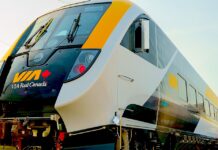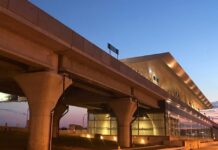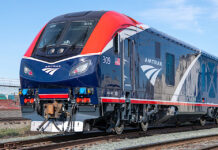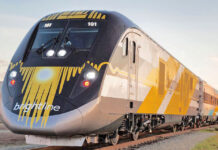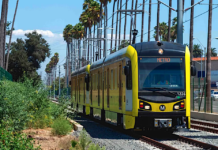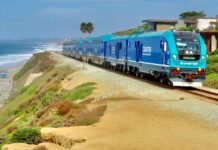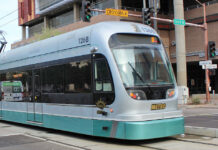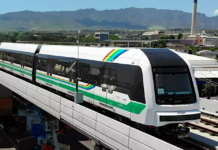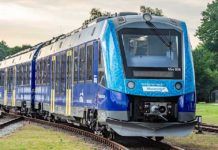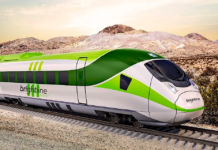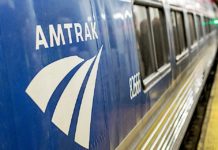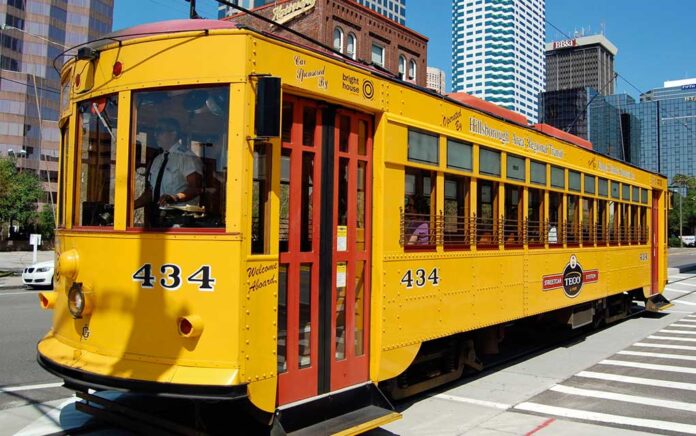
Tampa streetcar chases downtown’s rebirth
Celebrating its 20th birthday this month, Tampa’s TECO Line Streetcar has evolved from a charming yet oft-disparaged tourist attraction into one of the county’s few reliable public transit options for those lucky enough to benefit from its 2.7-mile footprint. The city’s population has grown about 24% since the streetcar’s 2002 launch. And the route has seen surging ridership since it became free to ride in 2018. But as developments have sprouted, transportation infrastructure has failed to keep pace. [tampabay.com]
Why are US public transit projects so costly?
For the last two years, researchers at the New York University Marron Institute of Urban Management have been building a database of transit projects. The goal of the Transit Costs Project is to understand what drives project costs, what makes some places more expensive than others, and how costs can be reduced. Among its findings, the U.S. is the sixth most expensive country in the world when it comes to building rapid rail projects. [governing.com]
Making transit accessible without smartphones
Smartphones have revolutionized how we communicate and plan our trips, but about 15% of Americans don’t have one. And for those who do have smartphones, it might not necessarily be able to stay on all day without a recharge. Making real-time transit information accessible in more places, however, is an expensive and sometimes intrusive endeavor. So agencies in the Twin Cities, Boston, New York City and beyond are experimenting with technology such as e-paper as a way to get around it. [nextcity.org]
Cities navigating post-covid transit challenges
Federal funding from the Infrastructure Investment and Jobs Act is enabling historic investments in US public transportation. Cities still face significant challenges, though. The dramatic shift in commuting patterns after millions were told to work from home during the pandemic has left cities wondering to what extent old habits will return. And with the frequency and cost of natural disasters rising, certain cities – particularly those in coastal regions – have found themselves vulnerable to sudden changes. [cities-today.com]
Will Europeans give up their planes for trains?
For nearly two decades, cheap, short flights defined European travel. With the rise of budget airlines, people with limited discretionary funds could consider trips that were previously out of reach. And people took advantage of that access. But all those flights amounted to a big carbon footprint — undermining Europe’s pledges to cut harmful emissions and become carbon-neutral. Now, climate-conscious European governments and groups are going to varying lengths to break people of their flight habits. [washingtonpost.com]


